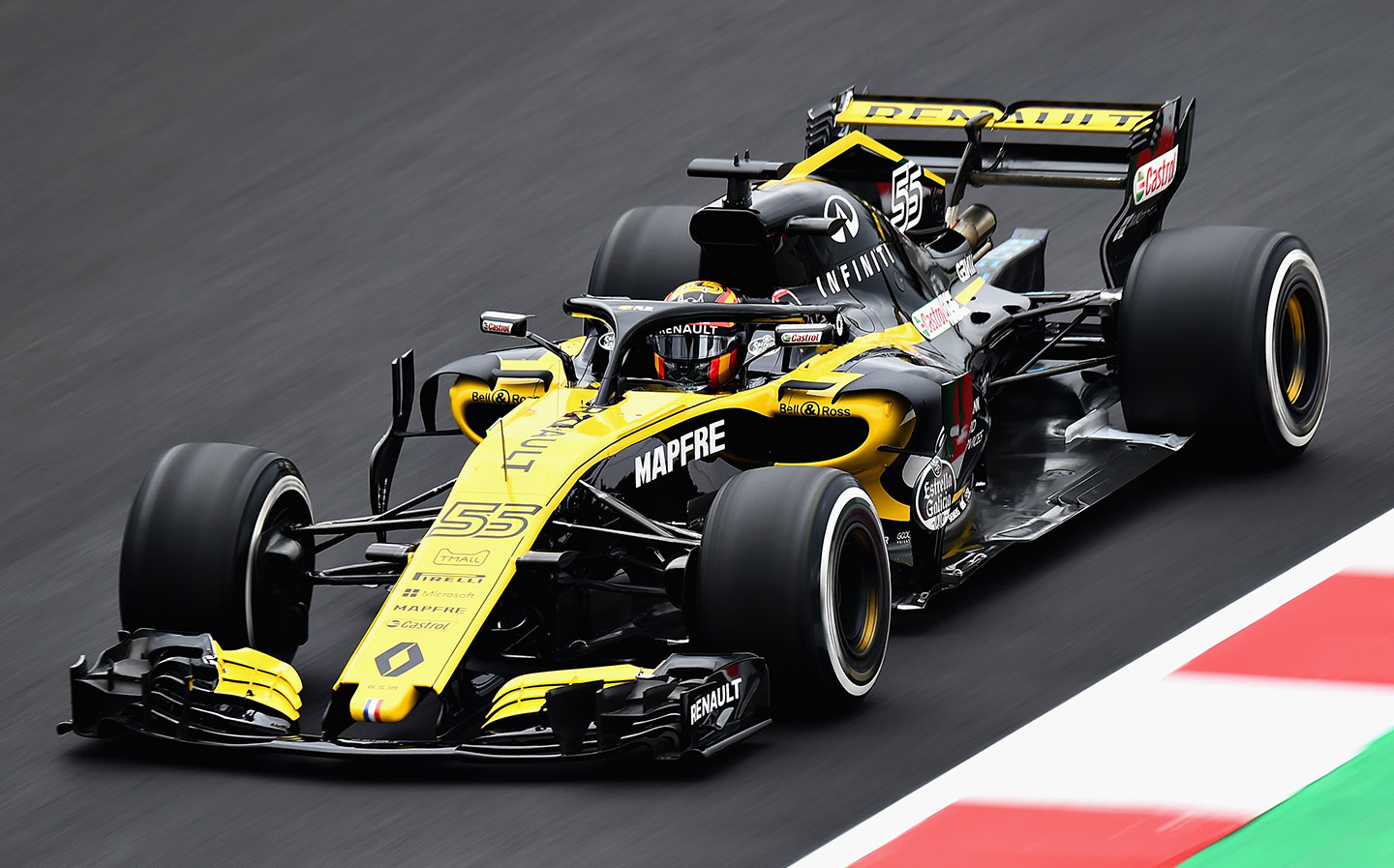Formula cars crystallize at the top of automotive excellence. They deliver an unrivaled combination of cutting-edge technology and precision engineering. Their proposed system combines speed, aerodynamics, and uncompromising performance. These Motorsport vehicles are truly masterpieces, the culmination of constant pursuit of perfection. From precisely designed wheels to perfectly tuned engines, each component demonstrates admiration and competency. Engineers and designers work tirelessly to make these wonders actually happen. Every single component reflects their persistent dedication to innovation. The process of creativity necessitates an accurate equilibrium between art and science. Advanced simulations drive the building of streamlined, aerodynamic shapes. Wind tunnel testing maximizes airflow over carbon fiber, provide excellent strength-to-weight ratios.
The enticing logic behind formula automotive engineering is to continually push the boundaries. Designers deliberately create ergonomic cockpits to facilitate human-machine cooperation. Experts work tirelessly to develop motors, collecting every last ounce of power. Formula cars symbolize the intersection of design and functionality. This generation surpasses manufacturing and becomes an art form. It demands relentless commitment to excellence at all times. From inception to the racetrack, these vehicles are pieces of automotive artistry.
Wheels and Tires: The Foundation of Grip
A formula Car’s wheels and tires serve as the primary contact between the vehicle’s frame and the asphalt surface, conveying massive forces while offering the required grip for the best possible performance. Designers methodically build these pieces, using new supplies like carbon fiber and lightweight alloys to achieve an appropriate blend of strength and weight. Pirelli’s Head of Motorsport, Mario Isola, reportedly said, “The tires are the only point of contact with the ground, so their performance in crucial.”
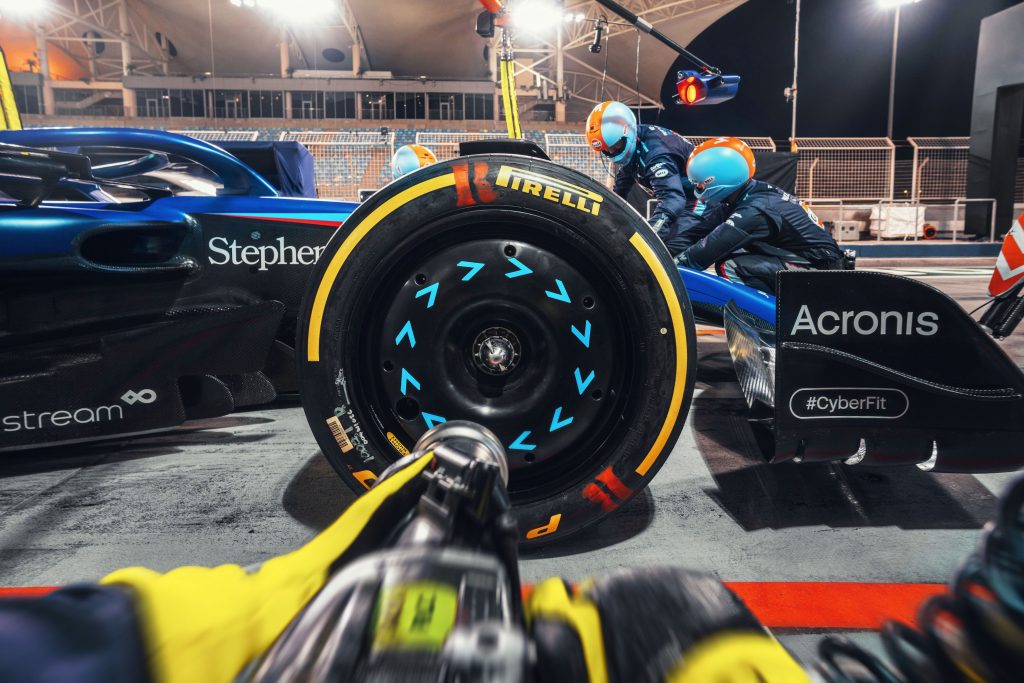
Aerodynamic Artistry
Aerodynamics are critical in Formula car construction. Barely noticeable drag impacts performance enormously. Teams use advanced CFD models and wind tunnel testing. They aim to optimize every curve and contour of the car’s body. This ensures smooth airflow across the surface. The ongoing search for down-force is crucial. Down-force is crucial. It is the pulling power holding the car on the road. It requires an exact balance between reducing drag and producing aerodynamic grip. Adequate ground pressure enables maximum cornering speeds. Achieving this balance is vital for aerodynamic design.
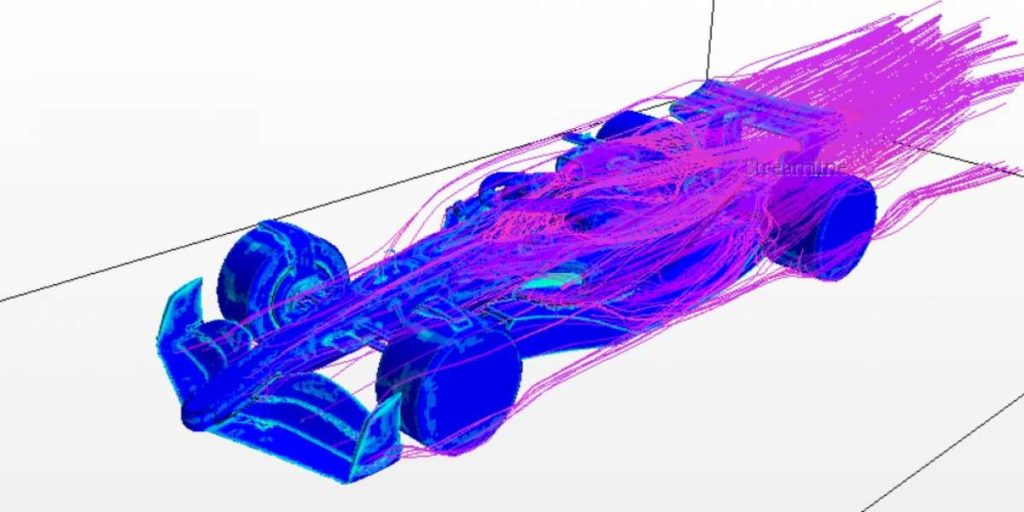
Lightweight Materials and Advanced Composites
Weight reduction is a perpetual concern in formula cars design, since each ounce saved results in better performance during acceleration, braking, and handling. Engineers use modern composite materials like carbon fiber, which possess excellent excellent strength-to-weight ratios, to form lightweight yet rigid structures. The monocoque chassis, the car’s vetebral column, is frequently made from these latest technologies, assuring maximum torsional stiffness while minimizing weight.
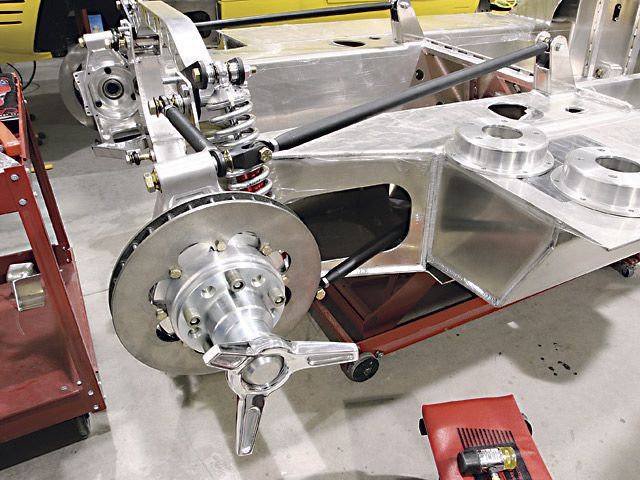
Engine Design and Performance Optimization
The engine is the throbbing heart of a formula car, a precisely calibrated powerhouse that pushes these beasts to dizzying speeds. Teams make significant investments in engine development, with experts methodically perfecting every detail, from effective combustion and turbocharging systems to lightweight reciprocating components and clever fuel injection systems. According to Andy Cowell, Managing Director of Mercedes-AMG High Performance Powertrains, “the pursuit of performance is never-ending; every revolution, every combustion cycle matters.”
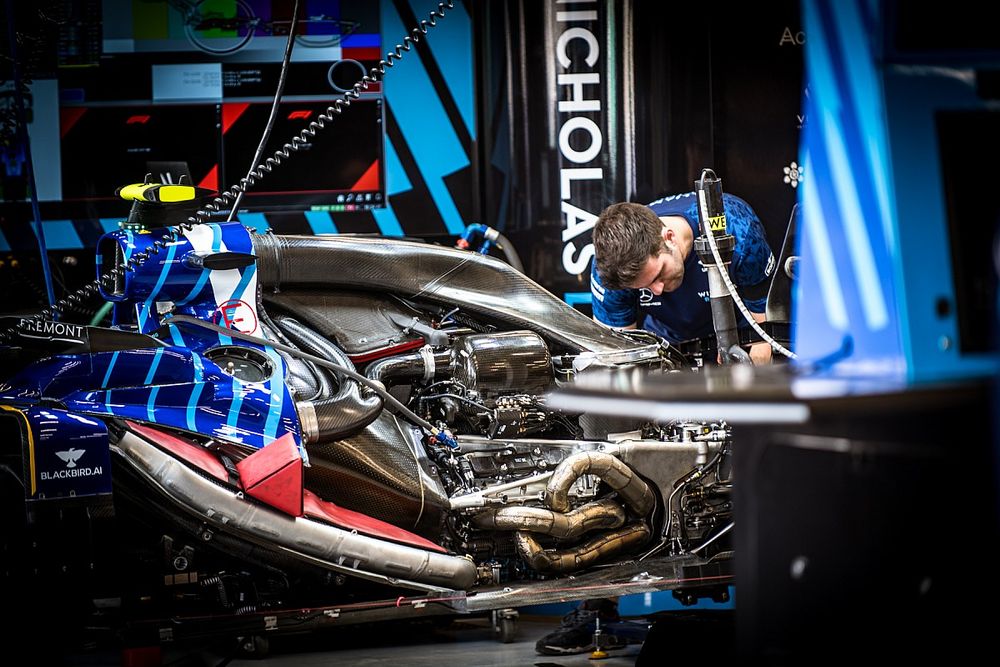
Chassis Engineering and Suspension Geometry
The undercarriage and suspension geometry are crucial elements that determine how a formula vehicle handles and performs on the track. Engineers tirelessly analyze and adjust factors like wheelbase, track width, and suspension kinematics to strike the ideal combination of grip, responsiveness, and stability. The aim is to build a racing car that appears like an extension of the driver, responding perfectly to each command and instilling trust at elevated speeds.
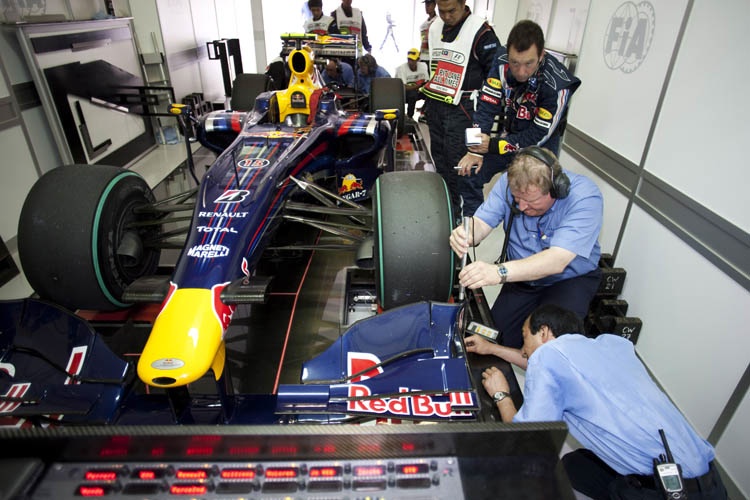
Ergonomics and Driver-Centric Cockpit Design
While technology plays a pivotal role in formula car creation, the human factor remains paramount. Designers meticulously craft the cockpit environment to ensure optimal ergonomics and driver comfort, allowing the pilot to remain focused and perform at their best. From the positioning of controls and displays to the shape and support of the seat, every detail is carefully considered to create a symbiotic relationship between driver and machine.
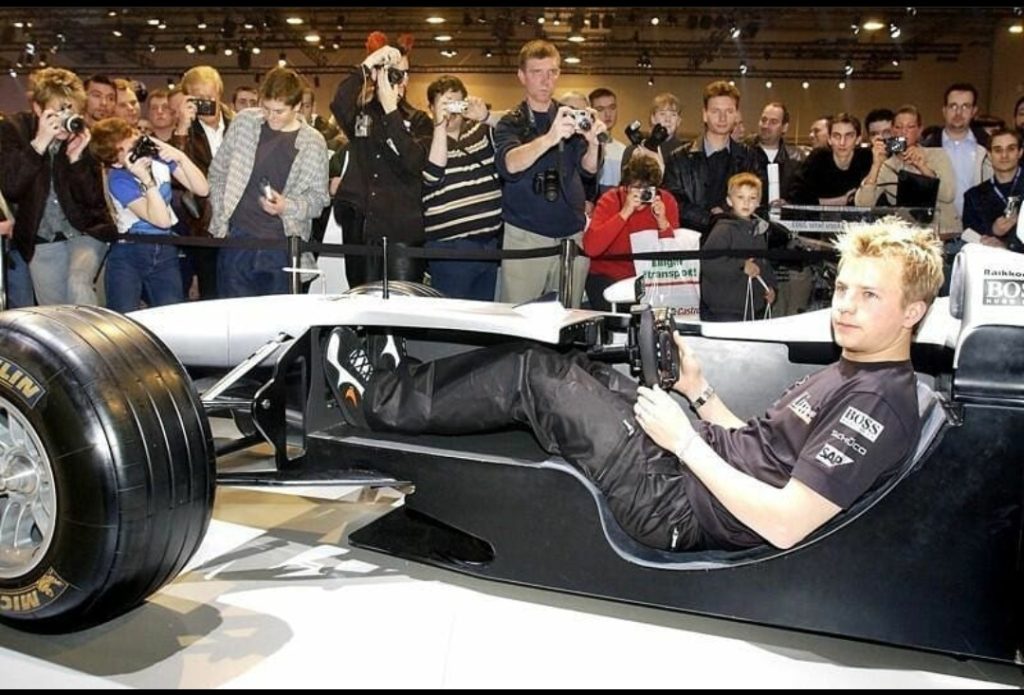
Formula race car creation transcends mere engineering. It’s an art form fueled by passion and precision. Every component, from the whisper-thin carbon fiber chassis to the fire-breathing engine, is meticulously crafted to push the boundaries of performance. Engineers become sculptors, relentlessly refining each piece to extract maximum speed. This relentlessly pursuit of excellence elevates the machine to rolling sculpture. Every curve, every revolution, is a testament to the fusion of human ingenuity and artistic vision. The racetrack is their canvas, and technology is their medium. The result? A symphony of speed, a breathtaking union of engineering marvel and artistic expression.

